When and how to prune blackcurrants for guaranteed bumper crops
Annual pruning to remove old wood is a simple way to keep your blackcurrant bushes super-productive
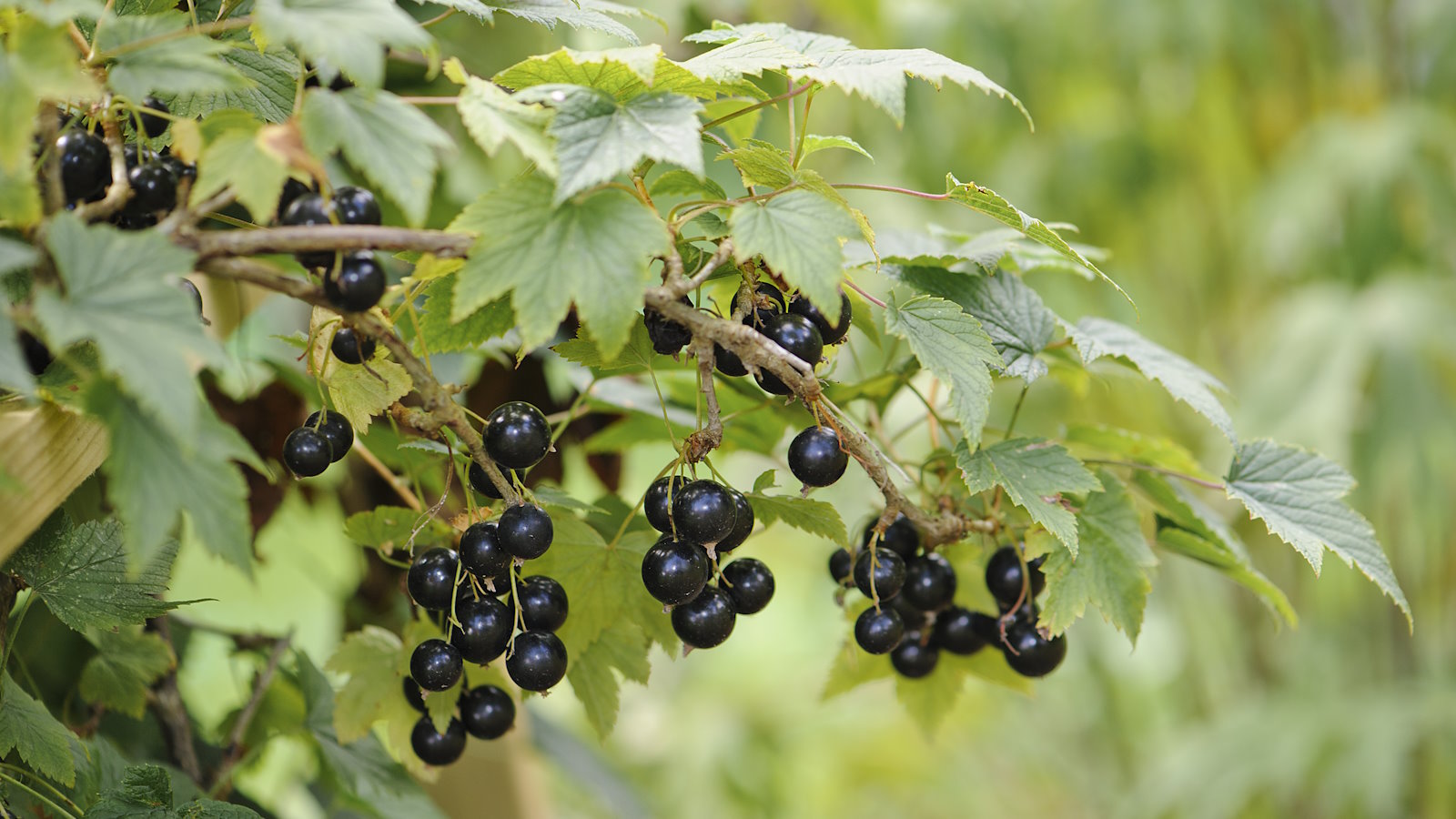

Blackcurrants are easy-to-grow soft fruit bushes that can reliably produce high yields with little fuss. You do need to know when and how to prune blackcurrants properly to help guarantee you the biggest crop of fruit possible of year-after-year.
Blackcurrants are hugely popular in Europe but are much lesser-known in the United States, where the fruit was banned for most of the twentieth century. The crop is now available to buy and grow, with more and more people starting to appreciate the blackcurrant for its prolific cropping and the high levels of vitamin C in its fruits.
I worked in kitchen gardens in the UK that had large numbers of blackcurrant bushes, along with other soft fruit plants. I pruned plants annually and they cropped in huge amounts, with the popular dark berries either supplied to chefs or sold to the general public.
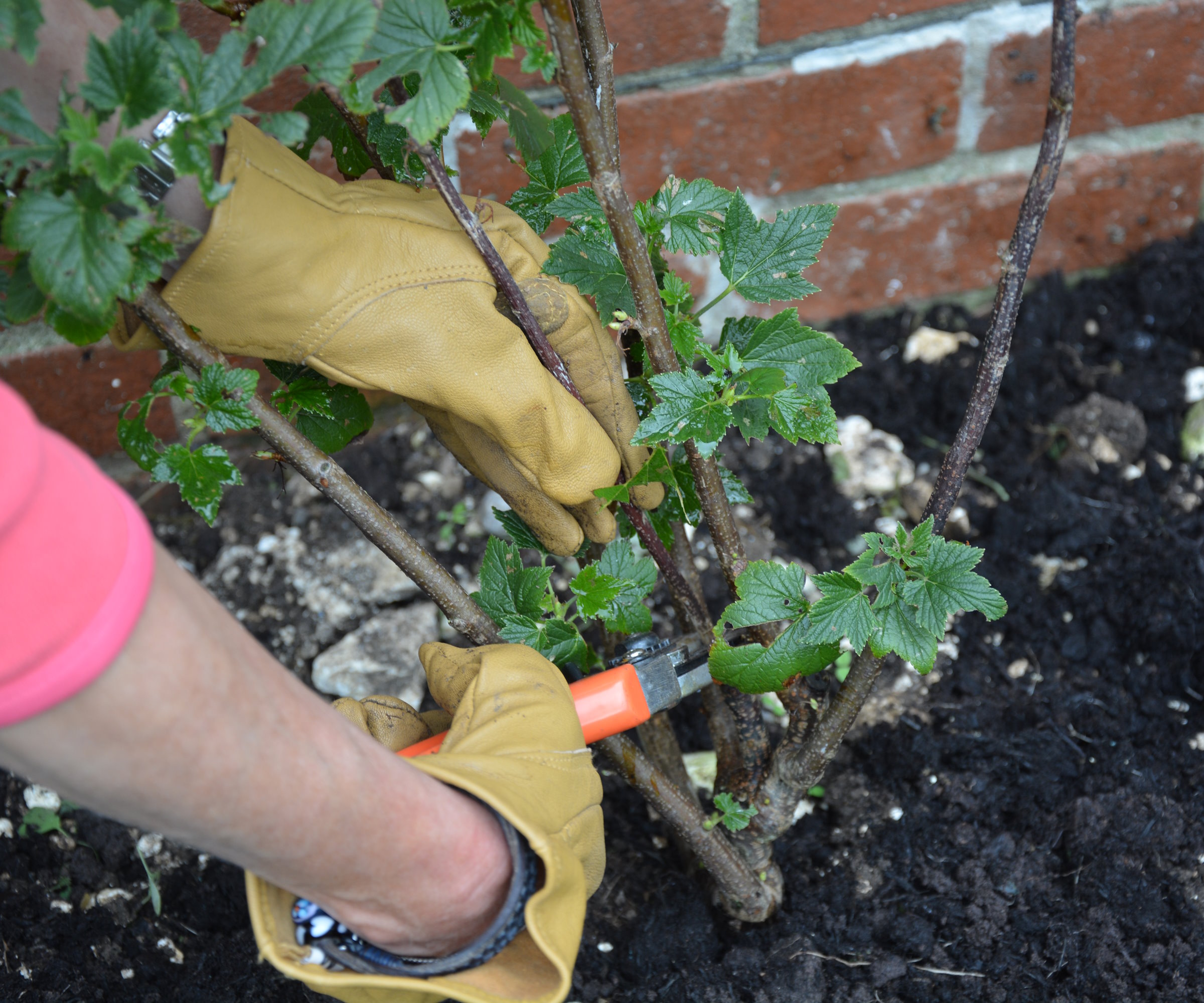
Blackcurrant bushes only need pruning once a year
Pruning blackcurrant bushes
Established bushes require pruning annually to produce new wood and ensure they will be bursting with berries year-after-year. They fruit predominantly on two and three-year-old wood, so constant rejuvenation ensures there are new stems each year. Blackcurrant bushes can either be grown in the ground as part of fruit and vegetable garden ideas, or will happily grow in raised garden beds.
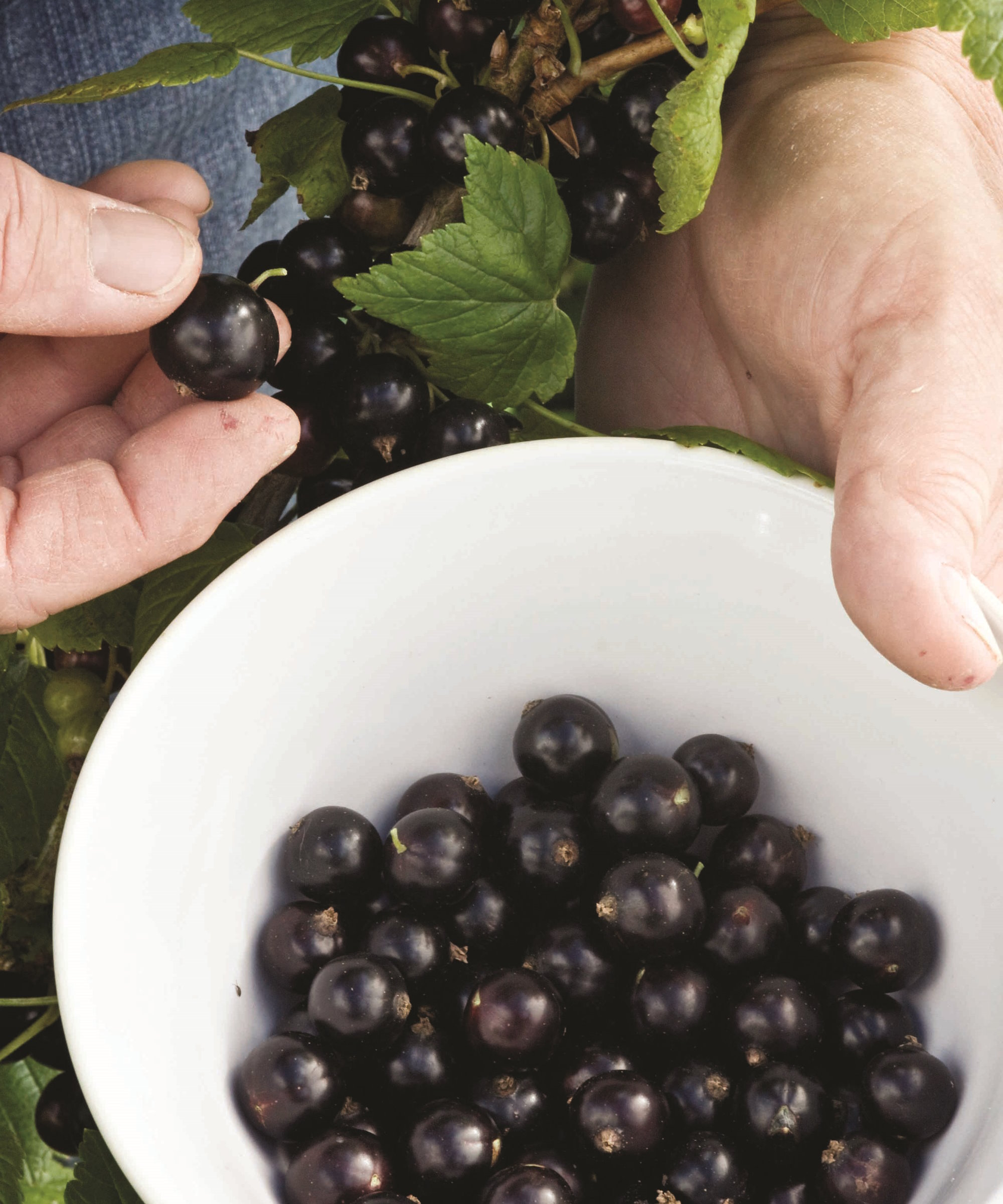
Constant rejuvenation will bring the biggest harvests
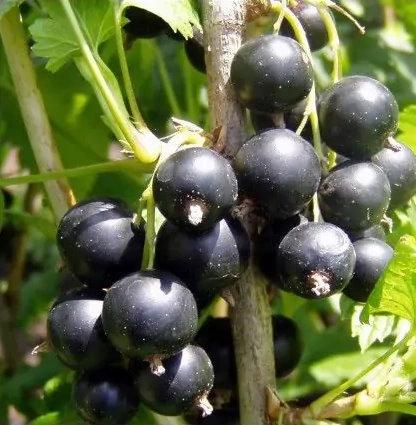
The Consort Blackcurrant bush is a self-fertile variety that produces an abundance of glossy ebony fruits with a tart-sweet flavor
When to prune blackcurrants
You need to know the right time of year to trim to avoid making any pruning mistakes that can harm the health of productivity of the plant. The best time to prune blackcurrants is during their dormancy period, which comes during the winter months. Any time between November and February is the ideal time to complete this gardening task.
Pruning during winter allows you to remove old and unproductive wood and stimulate the plant’s energy to produce fresh and vigorous shoots. This process is crucial to produce healthy growth and get the biggest yield possible.
As blackcurrants are deciduous shrubs, pruning in winter is a great time for you to assess the shape of the branches without the leaves and to make precise cuts. It provides the ideal opportunity to create a strong framework of branches to carry the year’s fruit. Try to complete any pruning before the buds start to swell in the spring.
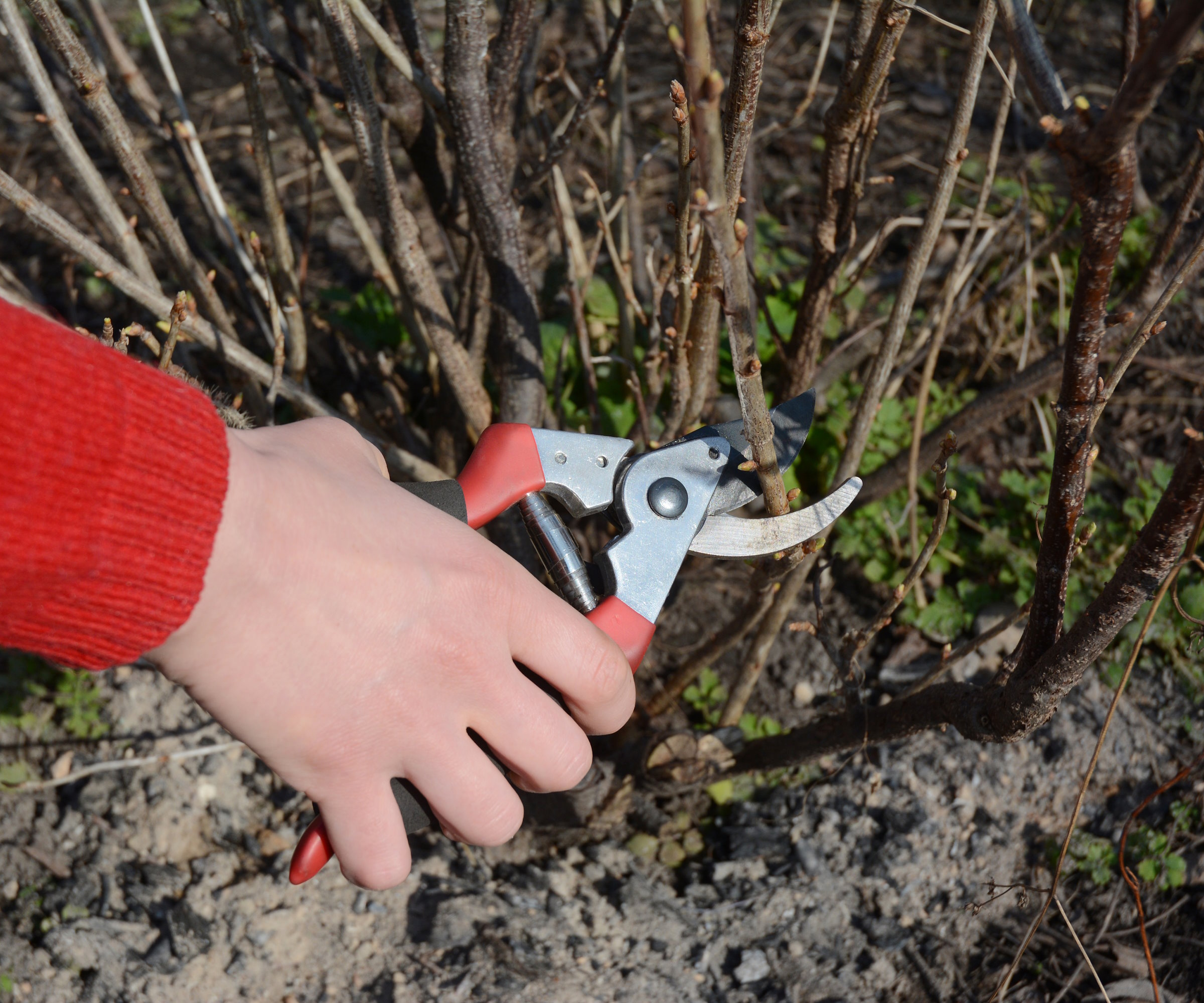
Blackcurrants are best pruned in winter after the foliage drops
How to prune blackcurrants
It is always recommended to use sharp and clean pruning shears or loppers for pruning fruit bushes, to make clean cuts and reduce any risk of diseases. A sharpening stone, such as this Felco sharpening tool available at Amazon, is ideal for sharpening the blades of pruning shears or loppers ready for pruning.
Newly-planted blackcurrants should have all stems cut down to around three inches. For the first two years after planting trimming is minimal, as the weakest stems, or broken branches, should be pruned out.
Once established, the bushes should start to be pruned annually to keep them producing new, productive wood for the strongest fruiting. You should follow the one-third pruning rule and only remove up to 30 percent of any wood from established blackcurrant bushes.
The first step will be to stand back and analyze the bush overall. Assess the current shape and, to begin with, look to remove any dead, diseased, or damaged wood from the plant.
Following on from that, start removing up to a third of the oldest wood from the bush - these can be identified the stems with the darkest bark color. As the bushes fruit the strongest on two and three-year-old wood, once stems get past this age their productivity drops. So, remember to continually remove some of this oldest wood every year.
These old stems can be cut right back to the base, and removing them will allow for younger, more productive stems, to come through and replace them.
Stems that are grey and brown in bark color are the most productive ones on the bush and can be left in place. If there are lots of these shoots, then select the strongest 6-8 well-spaced and upright shoots to bear the fruit.
The final look you are trying to achieve is a goblet-like shape with an open centre and well-spaced branches. This will ensure good air circulation through the plant, allow light in to ripen fruits, and make harvesting easier.
Weak or spindly stems, along with any smaller ones that are facing inwards, should be removed from the bush. Any low-lying stems should also be pruned out, as these will be weighed down when covered in berries and are liable to rest on the soil.
FAQs
Should blackcurrant bushes be pruned?
Blackcurrant bushes do need to be pruned to keep them productive and manageable. If not trimmed regularly, the bushes have the potential to be a large and tangled mess of branches. The old and gnarly branches will not be productive and younger branches will struggle to get through the mass of wood on the bush. It will often result in a lot of branches, but not much fruit. In addition, a lack of air circulation will also lead to an increased risk of diseases.
Can I prune blackcurrants after fruiting?
There are many growers that do recommend pruning blackcurrants immediately after harvesting. This can be helpful in avoiding any potential confusion between new growth and wood that has fruited. However, I would recommend pruning in winter. As long as you remember the difference in color between older and newer wood - old wood is darkest, two-year-old branches are more grey, and newer shoots are light brown - then that should help avoid confusion.
Soft fruit are fantastic additions to any kitchen garden. They look magnificent, are easy to maintain, and often are bursting with fruit every year. As well as blackcurrants, consider growing blueberries, redcurrants, or gooseberries as part of your backyard ideas.
Sign up to the Homes & Gardens newsletter
Design expertise in your inbox – from inspiring decorating ideas and beautiful celebrity homes to practical gardening advice and shopping round-ups.

Drew’s passion for gardening started with growing vegetables and salad in raised beds in a small urban terrace garden. He has worked as a professional gardener in historic gardens and specialises in growing vegetables, fruit, herbs, and cut flowers as a kitchen gardener. That passion for growing extends to being an allotmenteer, garden blogger, and producing how-to gardening guides for websites. Drew was shortlisted for the New Talent of the Year award at the 2023 Garden Media Guild Awards.
-
 Martha Stewart's tips for arranging daffodils are unbelievably simple and effective – it's the only flower advice you need this springtime
Martha Stewart's tips for arranging daffodils are unbelievably simple and effective – it's the only flower advice you need this springtimeMartha shows us that we can create gorgeous bouquets of this seasonal flower by simply trimming the stems and placing them in specific vases
By Hannah Ziegler Published
-
 Designers share how to make your outdoor living room look more expensive – and the affordable products to get you there
Designers share how to make your outdoor living room look more expensive – and the affordable products to get you thereFrom layered lighting to luxe-looking textiles, these simple swaps made all the difference
By Charlotte Olby Published